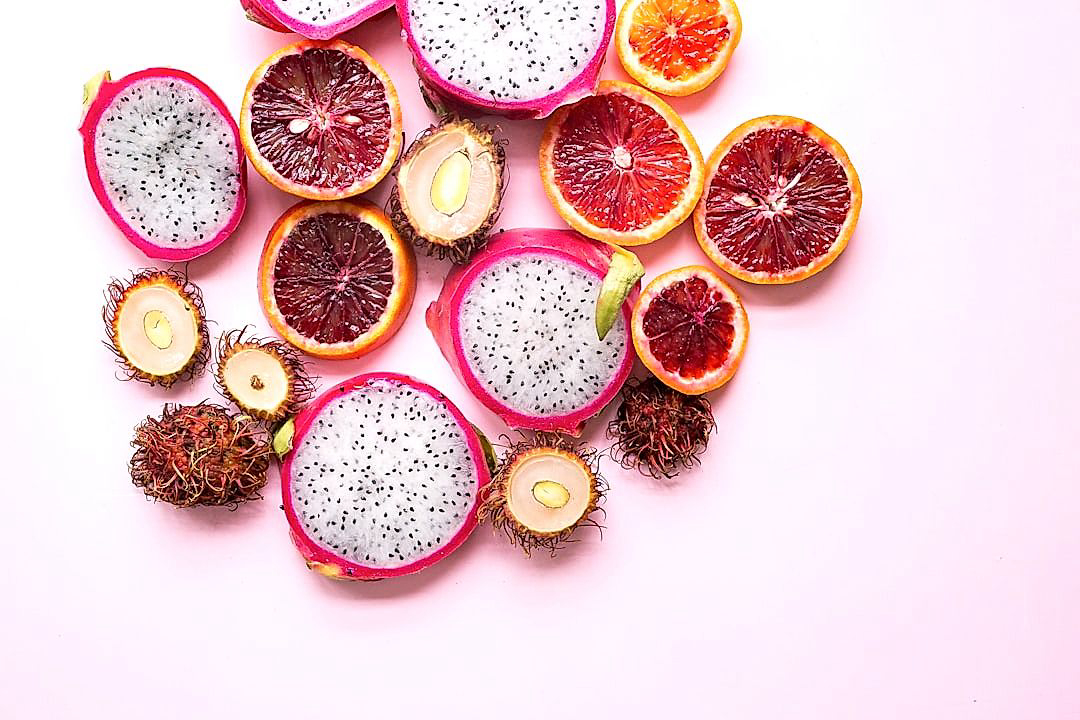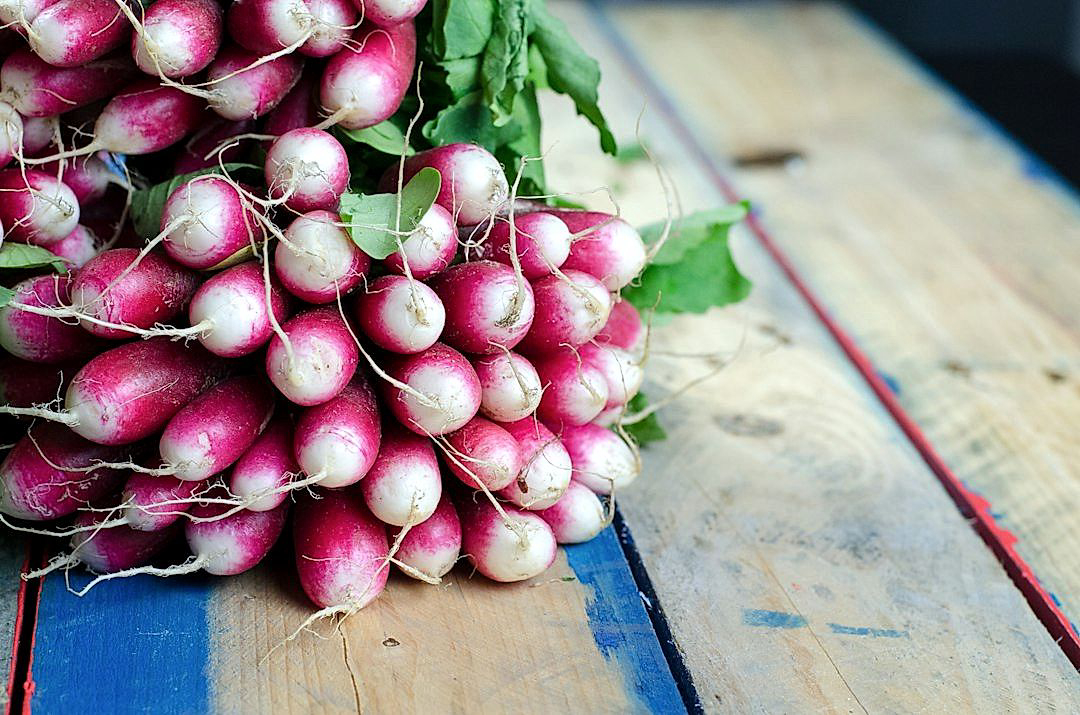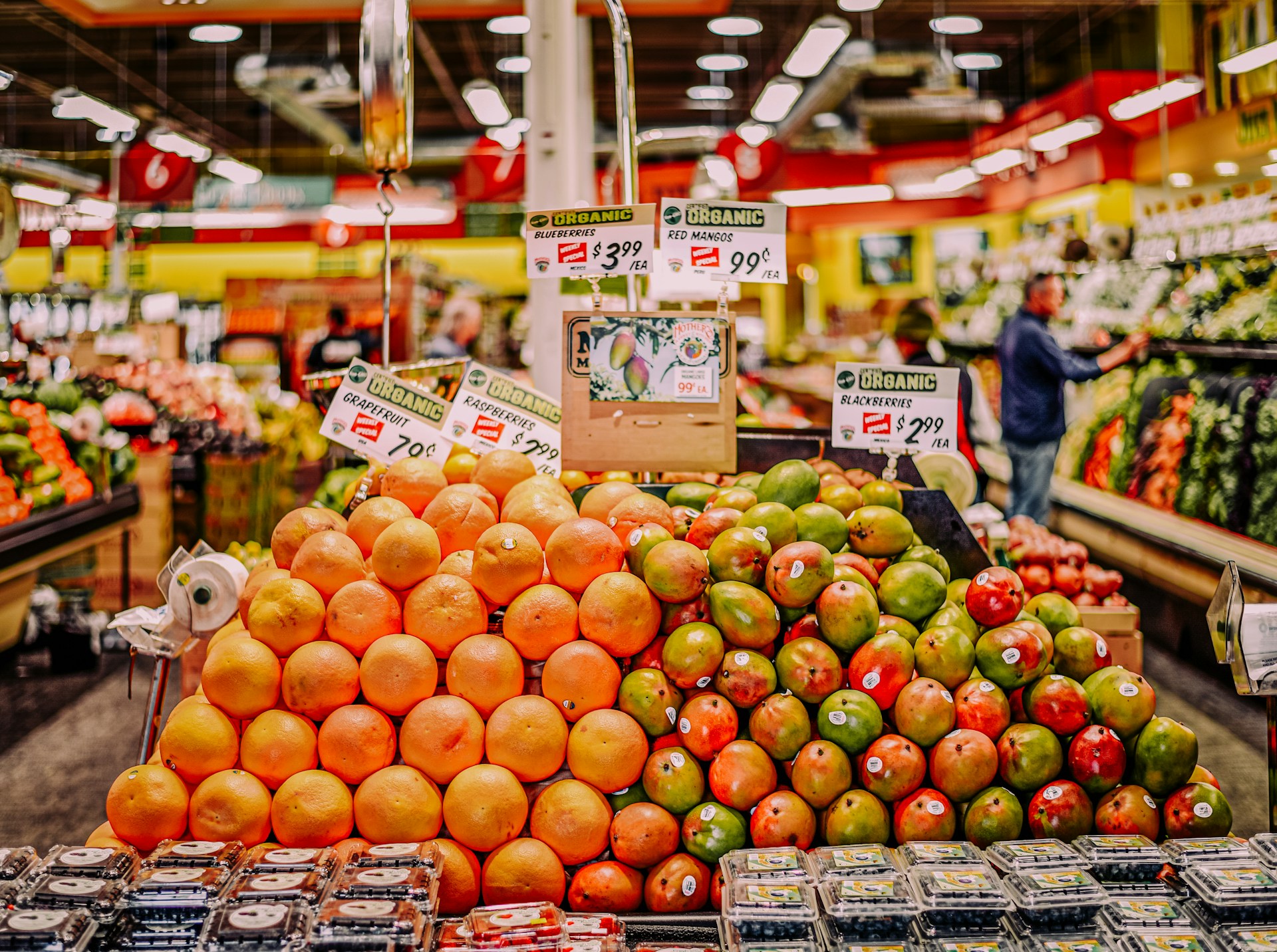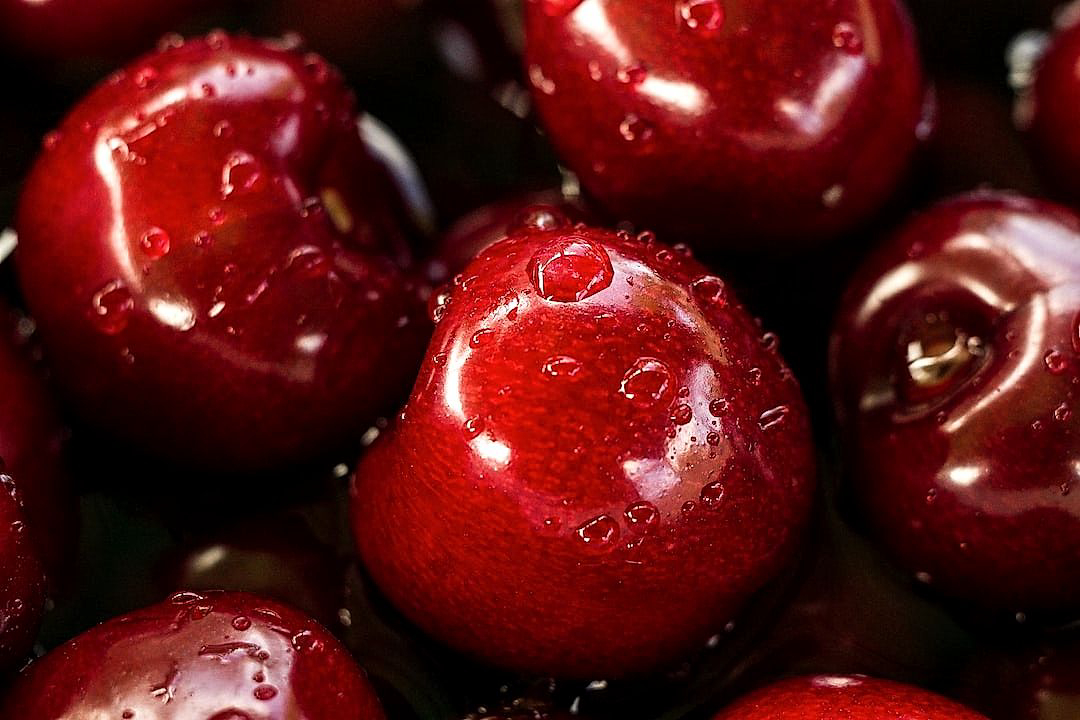In recent years, the focus on prolonging the lifespan of fresh produce once packaged has become a subject of intense study in the food science industry.
These advances are greatly advantaging not only food producers, but also consumers looking to access fresh fruits and vegetables for a longer period.
A range of methods are currently under exploration and implementation, varying greatly in cost, sustainability, and effectiveness.
As these techniques evolve, they promise significant potential for reducing food waste and enhancing overall product quality.
The sustainable progression of these methods can, in turn, contribute to addressing larger-scale environmental challenges and public health issues.
This article will offer an analytical look into a variety of strategies, their current progress, effectiveness, and potential future developments.
Contents
Techniques To Enhance Freshness In Packaged Produce
1. Use Modified Atmosphere Packaging (MAP)
One of the most effective techniques to enhance freshness in packaged produce is the use of Modified Atmosphere Packaging (MAP).
This packaging method can greatly extend the shelf life of fruits, vegetables, and other perishable items.
MAP controls the atmosphere inside the packaging to slow down the natural deterioration process.
This is achieved by changing the mix of gases — typically oxygen, carbon dioxide, and nitrogen — within the package.
The chosen mix of gases depends on the specific type of produce being packaged and its optimal storage conditions.
For example, strawberries might be packaged using low levels of oxygen to slow down their ripening, while leafy greens might be packaged with higher levels of carbon dioxide to inhibit bacterial growth.
This technique not only preserves the physical appearance of the produce, but also maintains its nutritional value, texture and flavor.
However, it’s important to remember that while MAP can significantly extend shelf life, it does not make the produce last indefinitely.
Proper storage conditions must still be observed after packaging, including appropriate temperature and humidity levels.
One major benefit of MAP is that it does not require the addition of any preservatives, meaning the produce can be as fresh and natural as possible.
Additionally, MAP can be a more sustainable option than other types of packaging.
With the right materials, the packaging can be made biodegradable, leaving less waste behind.
Consumer demand for fresh, natural produce has been growing, and the use of MAP technology can meet this demand while also reducing waste.
MAP innovations are ongoing, with scientists and food technologists constantly looking for even better ways to keep produce fresh for longer.
A well-thought-out combination of MAP and other techniques can significantly enhance the freshness of packaged produce, enabling consumers to enjoy quality, natural products at all times.
The use of Modified Atmosphere Packaging (MAP) is truly a game changer in the packaging industry, providing a solution to maintain the freshness of produce without compromising on its quality, taste or nutritional value.
2. Incorporate Antimicrobial Packaging
One of the proven methods to enhance the freshness of packaged produce is through the incorporation of antimicrobial packaging.
This groundbreaking approach is quickly gaining recognition in the food industry as a measure to extend the shelf life and preserve the quality of fresh produce.
Antimicrobial packaging functions by actively releasing antimicrobial agents into the packaged food which hampers the growth of disease-causing pathogens.
This strategy is not only effective in preserving the freshness of produce, but also ensures the safety of the food.
This innovative technology allows for the slow release of antimicrobial agents, hence maintaining an adequate concentration of the preservative over a long period of time.
This ensures that the produce remains fresh for an extended period, hence reducing food spoilage and waste.
In addition to inhibiting pathogen growth, antimicrobial packaging also provides a barrier against oxygen, a factor that accelerates the degradation of food products.
Several types of antimicrobial agents can be incorporated into the packaging material including, organic acids, enzymes, and essential oils.
For instance, the use of essential oils such as thyme and oregano have exhibited significant inhibitory effects on a wide spectrum of microbes.
The choice of the antimicrobial agent largely depends on the type of produce, its susceptibility to specific pathogens, and consumer preferences.
The application of this innovative technology requires an understanding of the packaging material characteristics, the type of antimicrobial agent to be used, and the ideal delivery method.
A key advantage of using antimicrobial packaging is its potential to reduce the use of chemical preservatives.
This not only contributes to the safety of the food but also to its nutritional value and overall quality.
However, the application of antimicrobial packaging also presents a few challenges such as potential effects on food taste and the regulatory approval process of the antimicrobial agents.
Despite these challenges, this approach stands out as one of the most effective measures in enhancing the freshness of packaged produce.
More research is being carried out to improve the effectiveness of antimicrobial packaging, optimize its use, and make it a standard practice in the food industry.
3. Apply Edible Coatings or Films
Among the various techniques used to enhance freshness in packaged produce, applying edible coatings or films is an innovative approach that has gained significant popularity.
These coatings not only provide a physical barrier to the transmission of gases like oxygen and carbon dioxide but also prevent the loss of moisture and thereby inhibit microbial growth.
The composition and characteristics of these edible coatings or films can be tailored to suit the specific requirements of different types of produce.
Edible coatings and films play a crucial role in prolonging the shelf life of fresh produce by providing an additional layer of protection against decay and microbial contamination.
These are made of food-based substances like proteins, lipids, polysaccharides, and sometimes a combination of these.
The choice of the base material predominantly depends on the desired properties such as gas permeability, water vapor resistance, and mechanical strength.
For instance, lipid-based edible films are particularly useful for reducing moisture loss and hence are suitable for high moisture content fruits and vegetables.
Similarly, protein-based films are good at preventing oxygen transmission, thus preventing oxidation of the produce and maintaining its freshness.
It’s also noteworthy that these coatings can be infused with antimicrobial agents or preservatives to give an added layer of protection against microbial spoilage.
Furthermore, certain vitamins or antioxidants can also be incorporated into these edible films to improve the nutritional value of the packaged produce.
However, the application process and maintaining the right thickness of the edible coating is crucial to its effectiveness in preserving the freshness of the produce.
One common method of application is immersion, where the produce is dipped in the coating solution and then dried to form the protective layer.
It’s also important to note that these coatings, being food-based, are edible and biodegradable, making them a sustainable option for packaging fresh produce.
Although some consumers may not be accustomed to the idea of an edible coating, it does not alter the taste or quality of the produce significantly when used correctly.
Overall, the use of edible coatings or films is an effective technique to enhance the freshness and extend the shelf life of packaged fruits and vegetables, while also being environmentally friendly.
4. Store at Optimal Humidity Levels
The quantity and quality of any type of fresh produce such as fruits, vegetables, and flowers can be impacted by the degree of humidity in its storage environment.
Maintaining an optimal level of humidity is, therefore, a critical component in enhancing the quality and extending the shelf life of packaged produce.
This technique, coupled with the right temperature, can keep the produce as fresh as possible for an extended period.
Optimal humidity levels in storage allow the produce to retain moisture, keeping it juicy and preventing it from wilting.
Remember, the optimal humidity levels may vary depending on the type of produce.
Some fruits, such as bananas, pears, and avocados, prefer a somewhat drier climate, whereas certain vegetables like lettuce or cucumbers need a more humid environment.
An understanding of the specific humidity requirements for each product is essential in achieving maximum freshness.
Humidity levels that are too low can cause your produce to dry out and lose its freshness, while too much moisture can cause mold and bacterial growth, leading to faster spoilage.
The balance, therefore, is crucial.
The use of desiccant materials, like silicon, can help moderate these levels, absorbing excess moisture and keeping your produce at its peak.
For best results, a regulation system controlling both temperature and humidity should be present in your storage facility.
This spotlights how maintaining proper humidity levels should be a key aspect of your packaging strategy.
It further emphasizes why it is essential to understand the different storage specifics for the various types of produce.
Ultimately, keeping produce at optimal humidity levels is an effective method for preserving freshness in packaged produce.
For anyone dealing with fresh produce, understanding the role that humidity plays can have significant payoffs.
Get it right, and your fruits and vegetables will stay fresh longer, reducing waste and making your products more appealing to consumers.
5. Ensure Efficient Cold Chain Management
Efficient Cold Chain Management is an integral part to enhance the freshness in packaged produce.
Every stage of this process, from the point of harvest to the point of sale, needs diligent monitoring and control to maintain optimal freshness.
It begins with the harvesting of the produce, where immediate cooling is necessary to slow down the biochemical processes responsible for degradation.
This is followed by transportation in temperature-controlled vehicles to ensure minimal temperature variance.
Storage in well-controlled environments helps to limit the growth of spoilage bacteria and extend the shelf life of the produce.
Cold storages, for example, are designed to precisely control temperature and humidity levels.
Further, proper packaging is equally important to reduce the risk of temperature fluctuations and prevent contamination.
Apart from this, the timing of deliveries needs to be optimised to reduce the time produce remain on shelves, thus guaranteeing freshness.
Moreover, an effective tracking system can help in identifying any weak links in the chain and addressing them promptly.
Also, training the personnel involved in handling and managing the produce is essential.
They must understand the importance of following optimal temperature ranges at all times, and the repercussions of not doing so.
Reminder systems can also be set up to alert staff when temperatures are out of the specified range.
Additionally, sanitation measures in all stages of the process contribute to the failure or success of the cold chain management.
Error detection and quick corrective actions are vital in preventing bacteria growth and product spoilage, both of which affect the freshness and safety of the produce.
Furthermore, compliance with the set standards and regulations in all stages of cold chain management is important to ensure that the produce remains safe for consumption.
Finally, the use of technological advancements such as IoT devices and machine automation can greatly enhance efficiency and accuracy of the cold chain process.
Ensuring efficient cold chain management requires a combination of timely intervention, correct procedures, and optimal resources.
The Bottom Line
Preserving food quality and extending shelf life is crucial to ensuring food safety and reducing food waste globally.
The use of advanced techniques such as Modified Atmosphere Packaging (MAP) can greatly impact the longevity of food products.
In addition, incorporating antimicrobial packaging can impede bacterial growth, further fortifying the food from spoilage.
The application of edible coatings or films offers an additional layer of protection, while maintaining a product’s integrity.
Optimal humidity levels are also essential to mitigate the growth of harmful microorganisms.
Lastly, maintaining an efficient cold chain from production to consumption is the backbone of effective food preservation.
These techniques, when combined, provide an effective method to prolong food freshness and enhance food safety measures.




